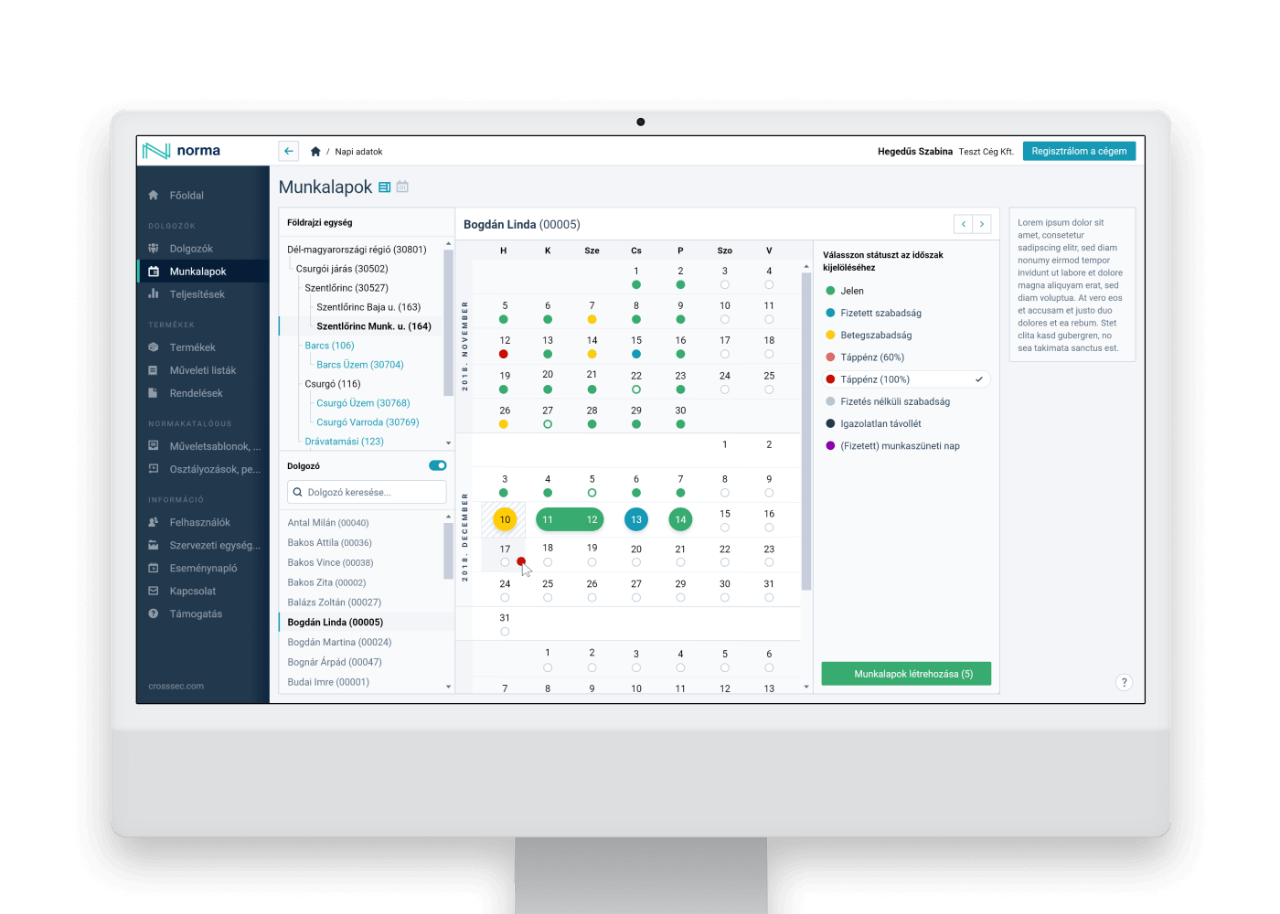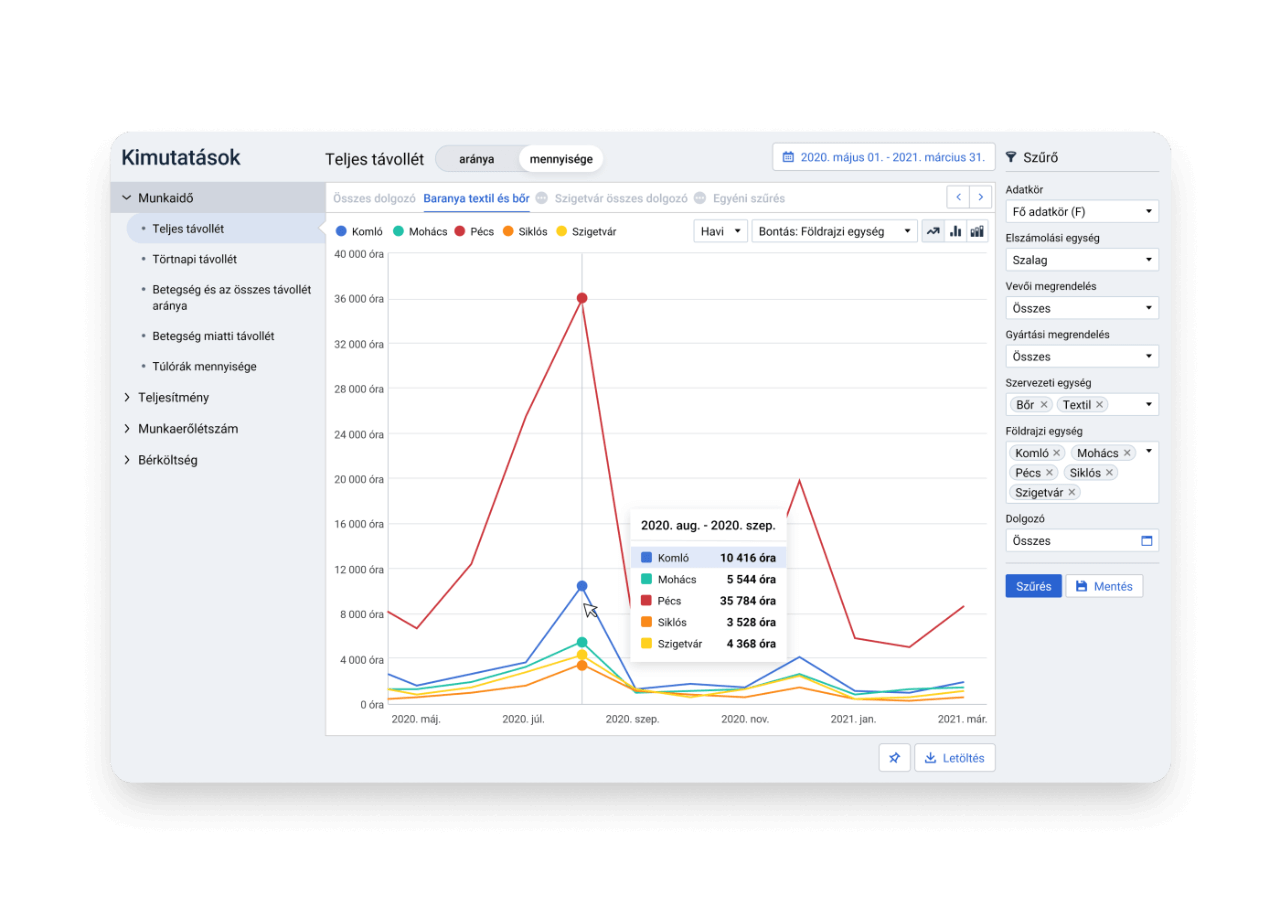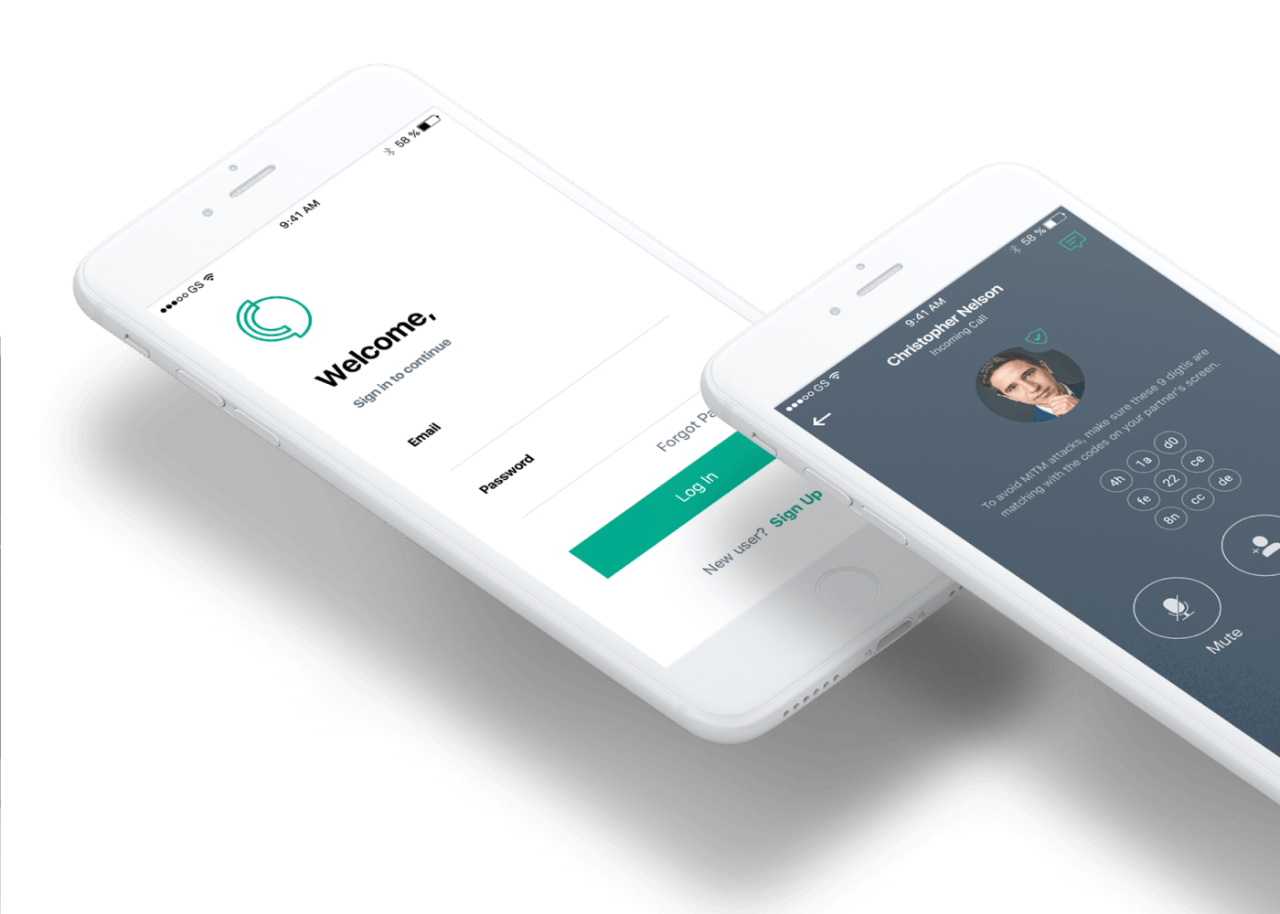
01
Overview
Norma is a hosted software that helpes manufacturing companies to calculate performance-based salaries. It connects all parts of the business: order fulfillment, human resources, and payroll, and provides immediate and beautiful reports.
My role
When I joined the product team of Crosssec Solutions as a UX designer, the app was at a very early stage of development and only had basic functionalities.
My role was to redesign the product from the ground up and make the product human-centric and the security-related features easy to use. The process involved researching, designing, user testing, and working closely with the business and developers.
Challenges
- Acquiring knowledge in security-related areas
- Creating a user-centered design process
- Working with developers
- Keeping platform-specific designs (Android & iOS) in mind
Team
- Hetesi TamásProduct owner
- Kiss Krisztián UX designer
- Storcz TamásSoftware developer
- Schvoy NorbertSoftware developer
- Fekete TímeaSoftware developer
02
Research
Understanding our users
Based on the interviews we set up a persona to understand our users’ motivations and pain points.
The interviews revealed the demand for an application that allows for fully confidential communication.
However, they have reservations about the services on the market, either because they do not believe that their data is not accessible to others or because the applications available are difficult to use.
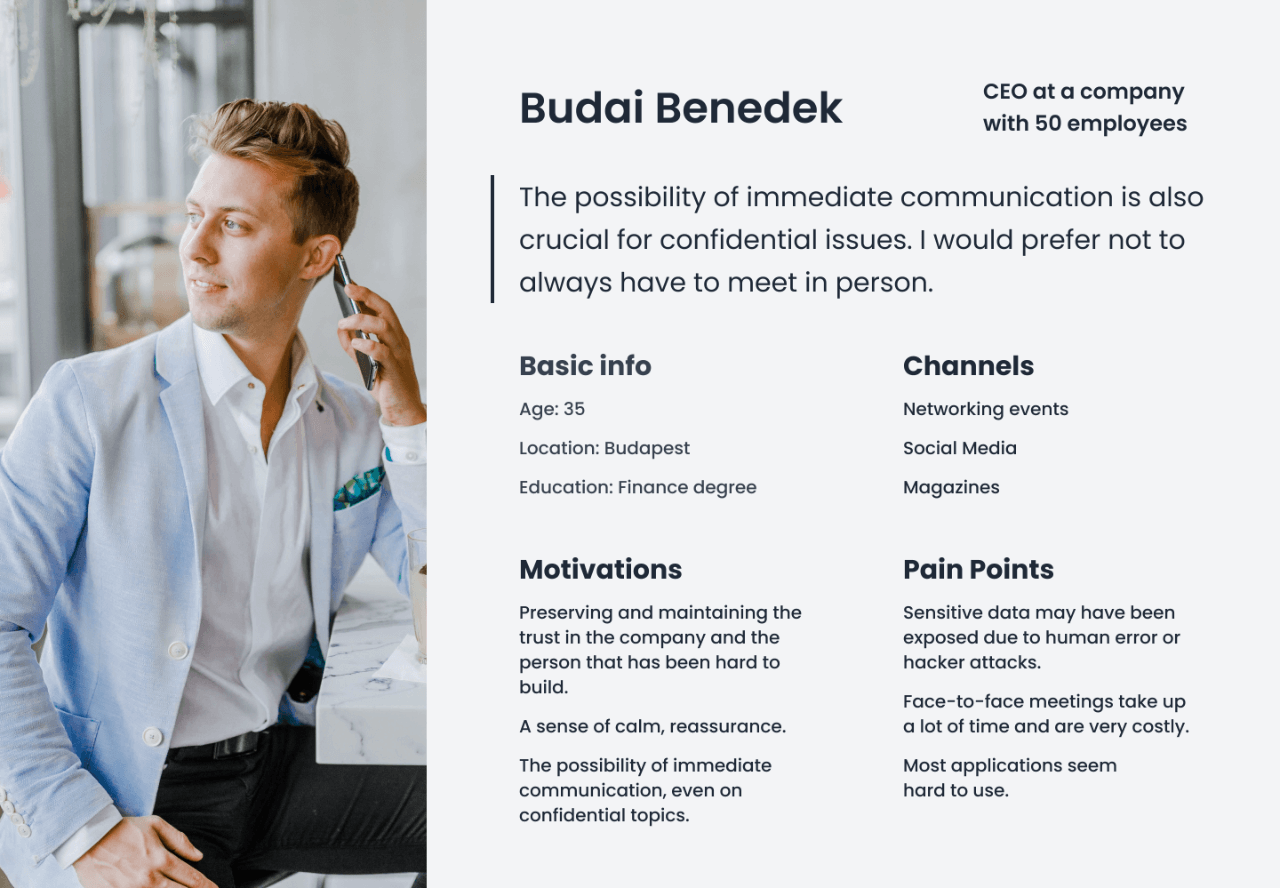
Competitive research
We observed and analyzed the features of our competitors’ solutions with end-to-end encryption to learn more about what we have to focus on in our product development.
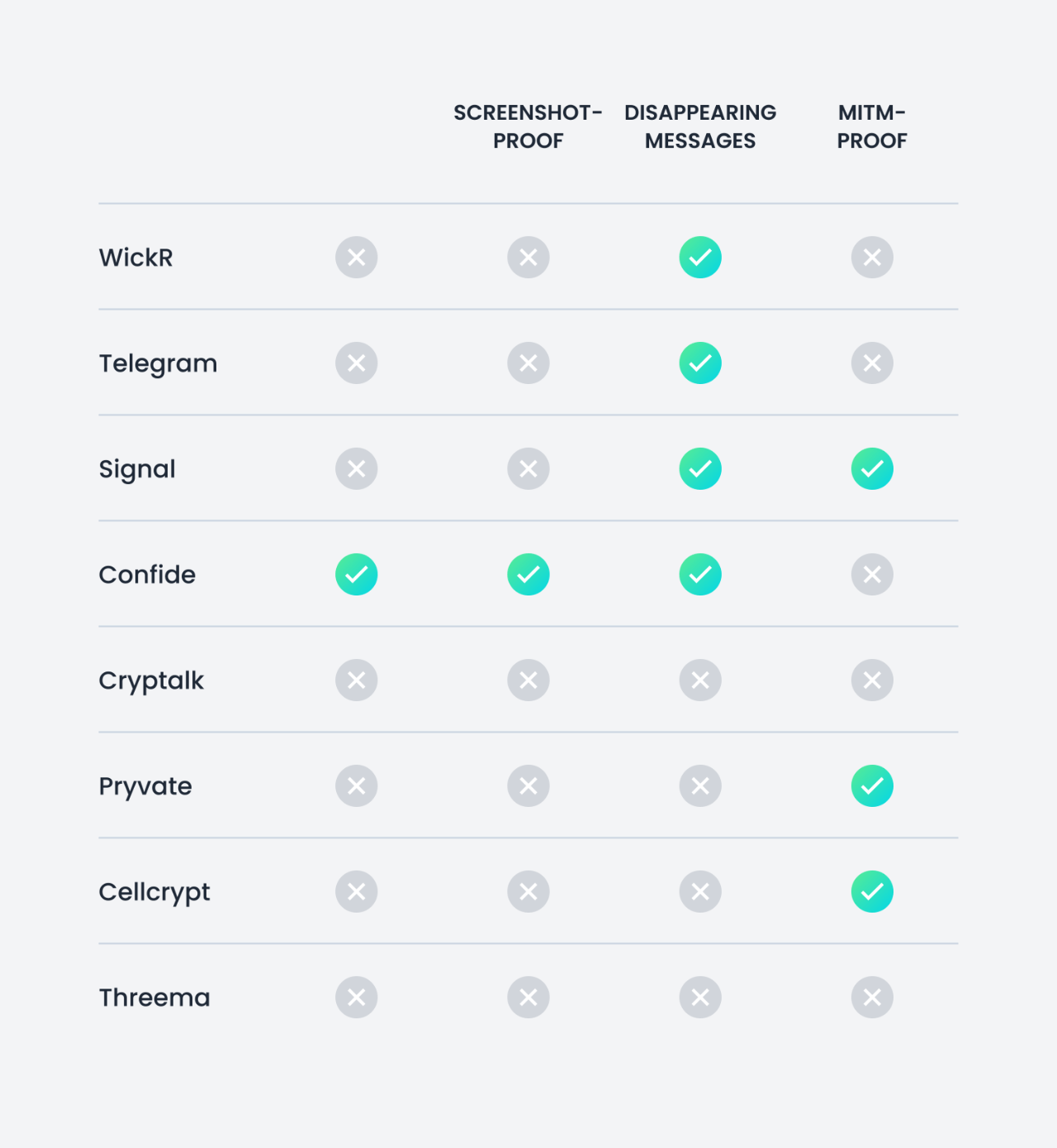
Deconstructing old design
Following the research, I explored the existing designs and development. The product at this stage only had minimal communication functions.
I deconstructed the initial elements (design, information architecture) to understand how we can rebuild the app with a solid human-centric design base.
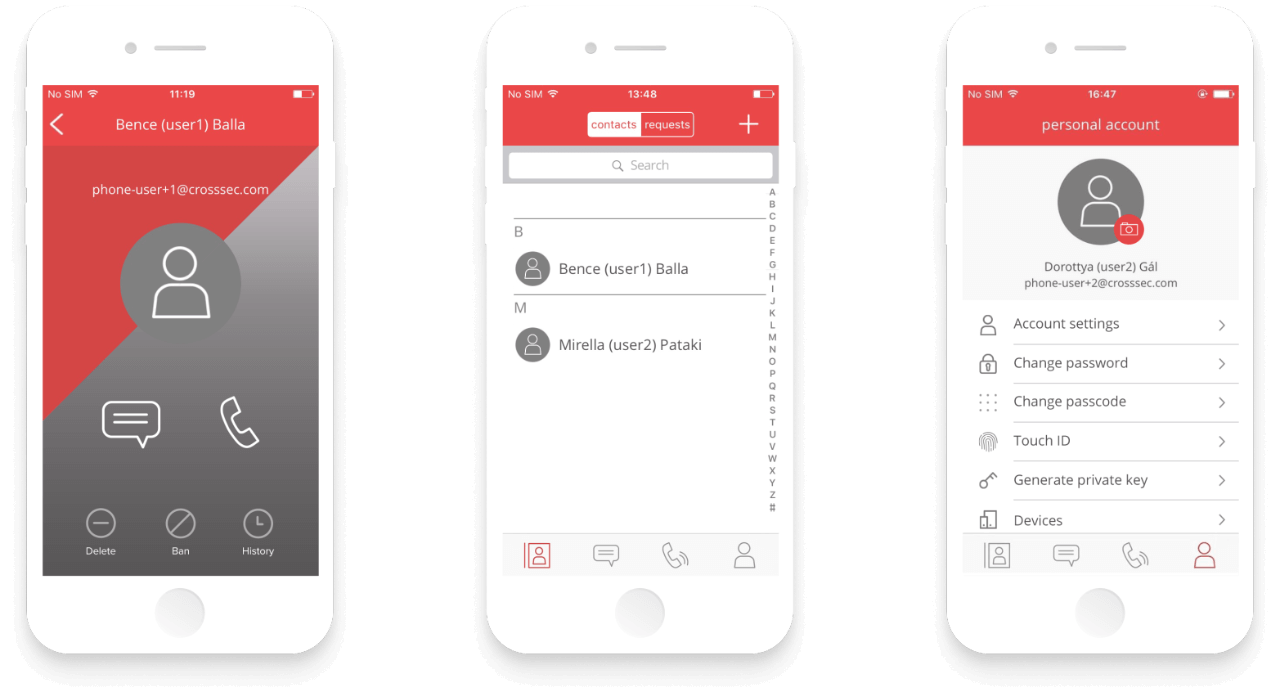
03
Design
Sketches & workshops
At the initial design stage, I created low-fidelity wireframes to map out the possible layouts and user flows.
During the project, I organized several workshops to involve every key player from the company in the design process.
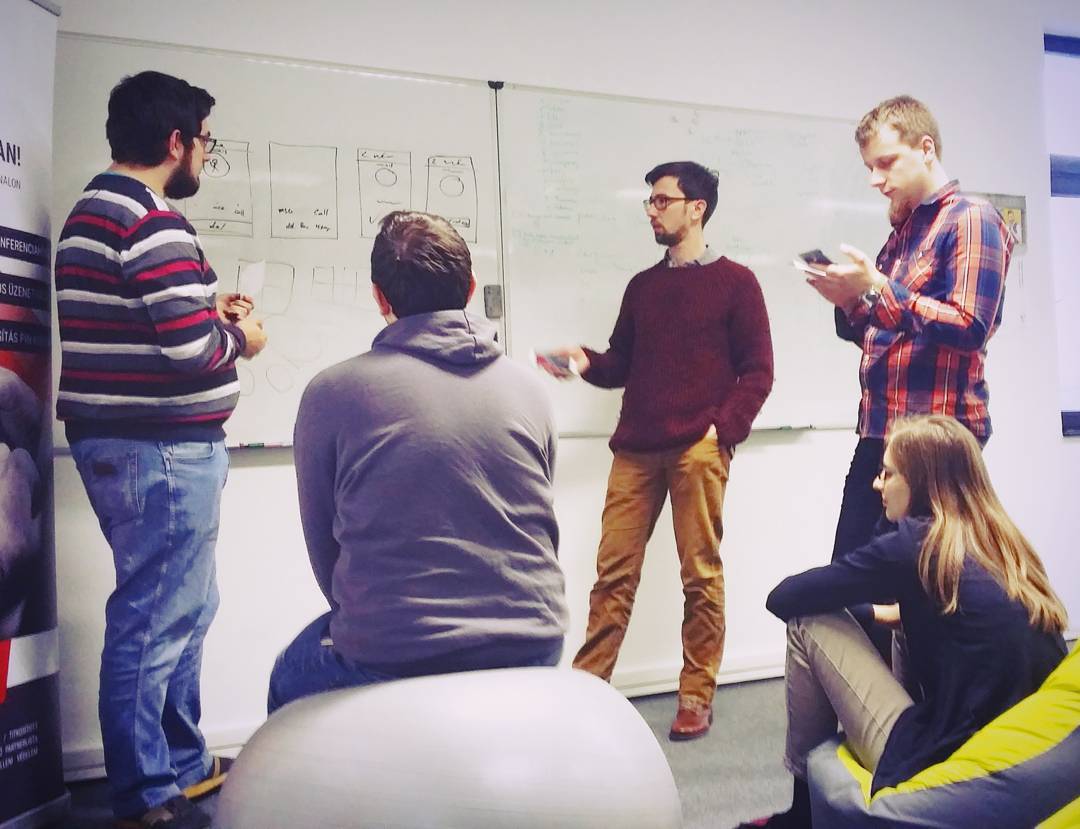
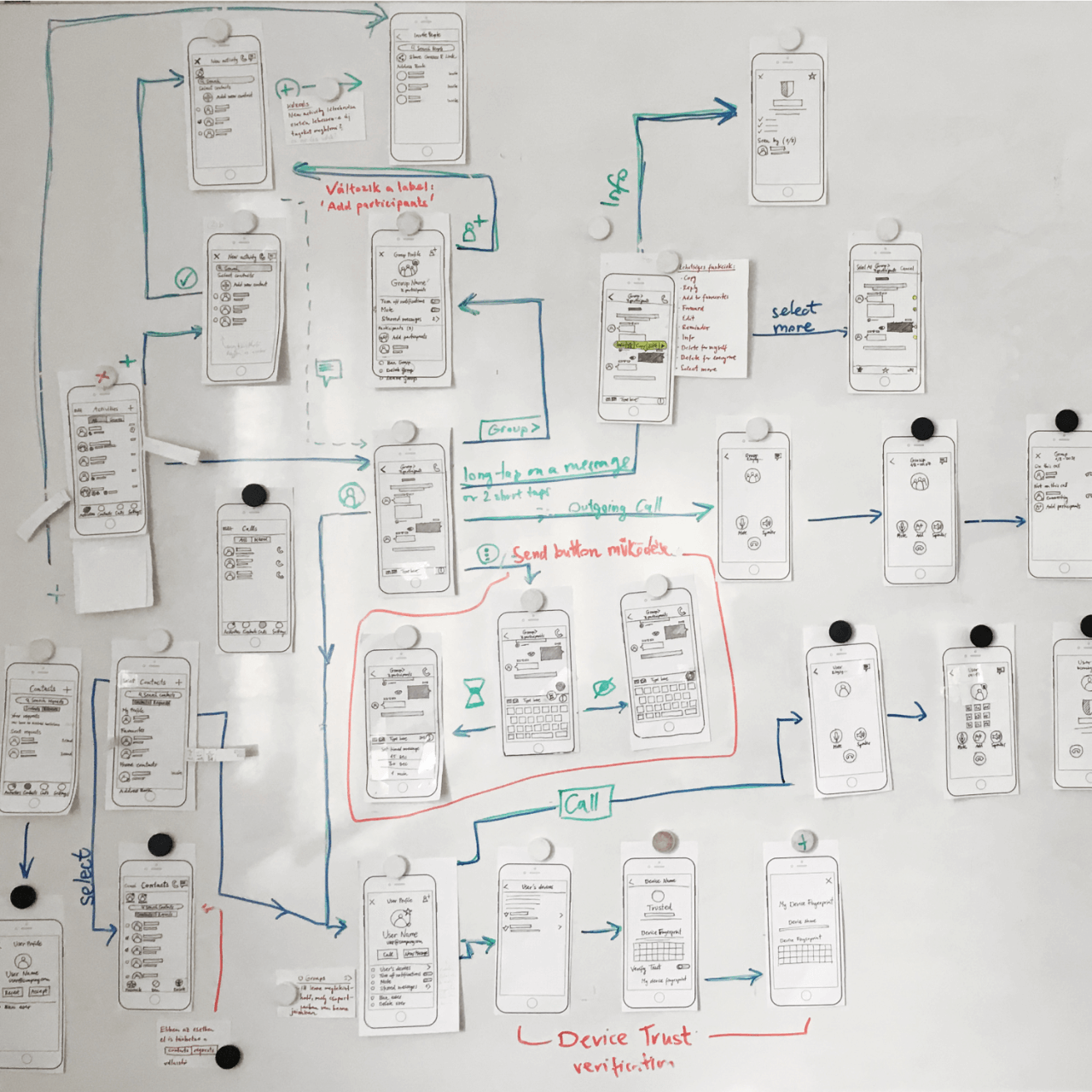
Mid-fidelity wireframes, prototypes
After several wireframe iterations, I developed the two most viable versions in much more detail as mid-fidelity wireframes and prototypes.
We did A/B testing to determine which direction to develope it further.
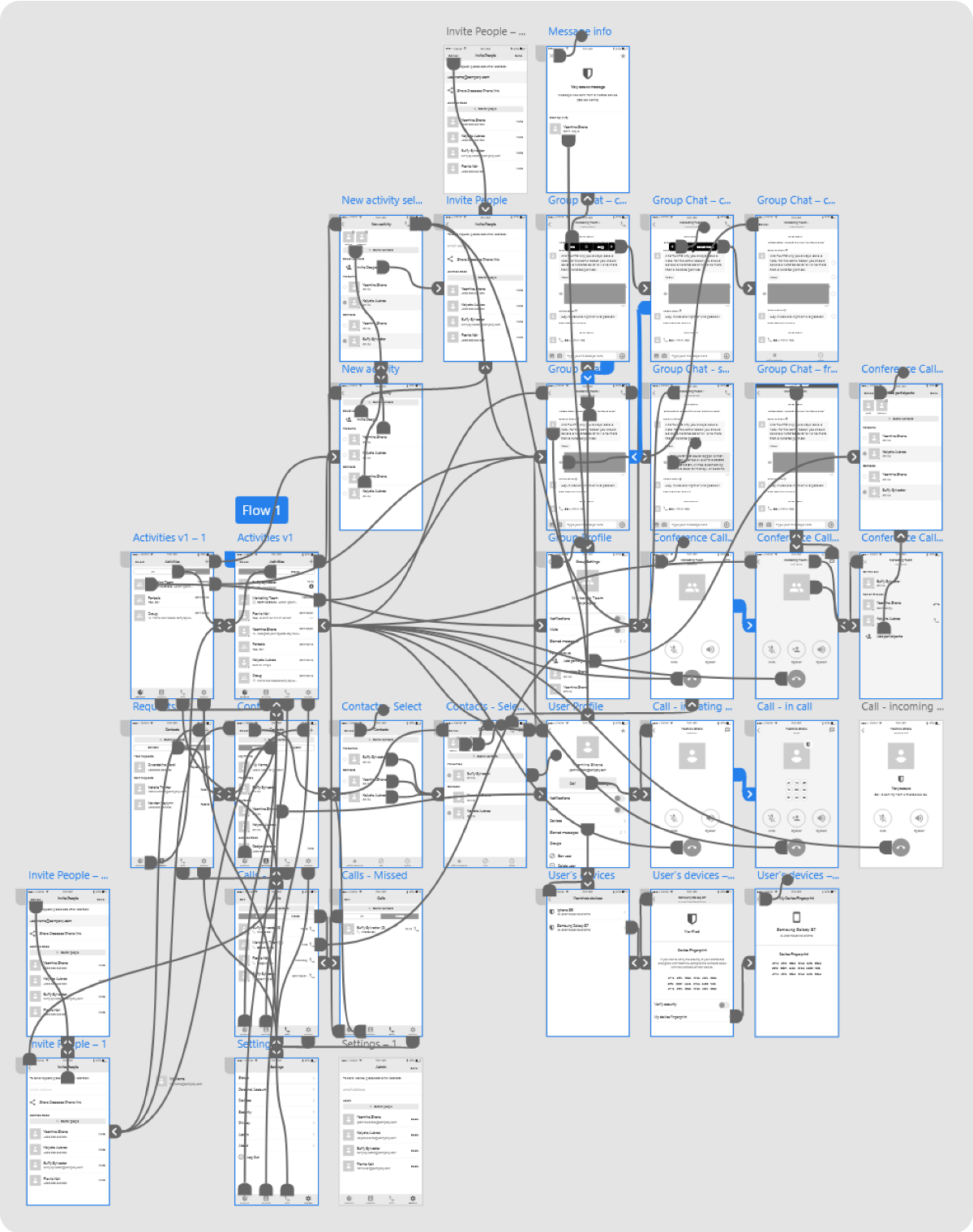
Designing user interface
Once I finished the last iterations of mid-fidelity wireframes, I started designing the final screens. As part of the UI redesign process, I rebranded the visuals (logo, colors and font), designed the user interfaces and the onboarding screens.
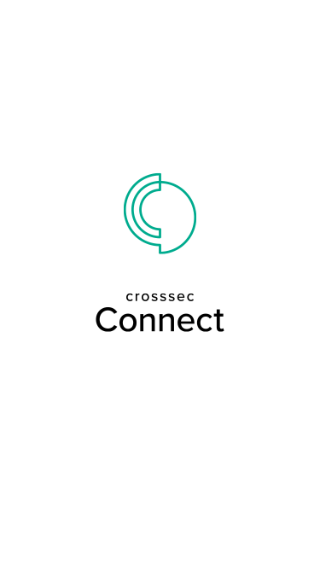
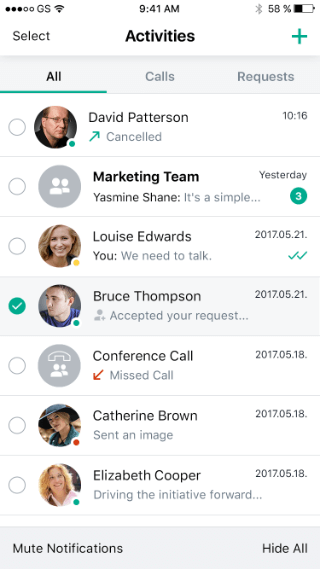
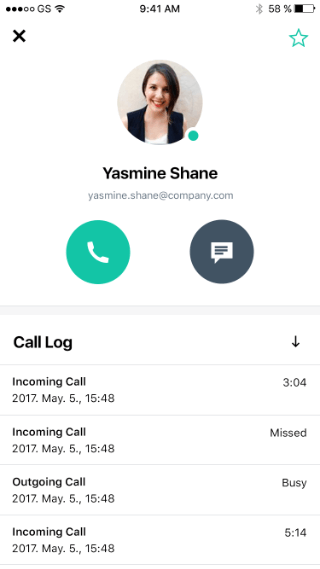
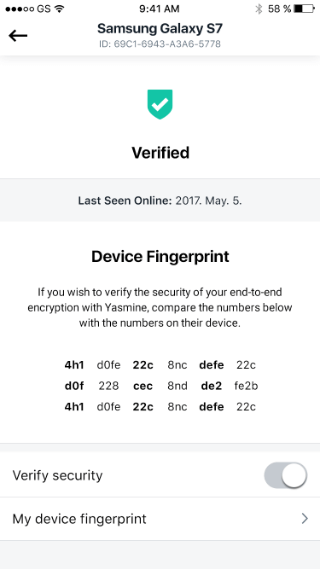
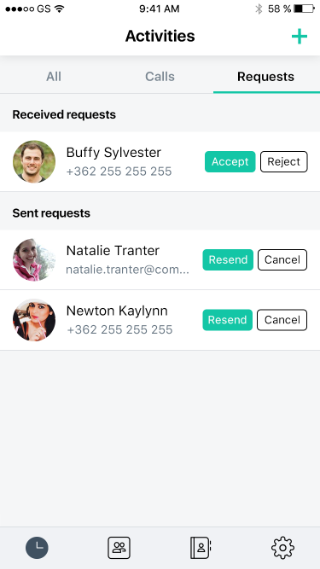
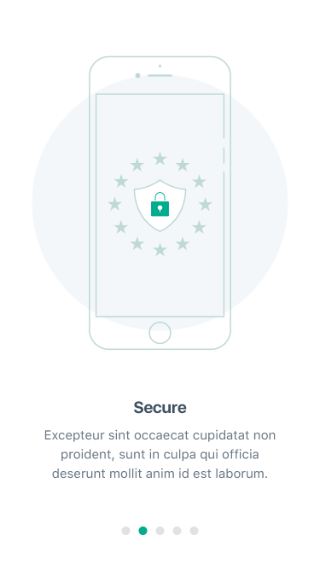
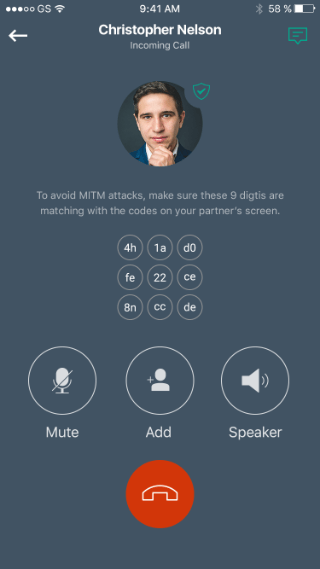
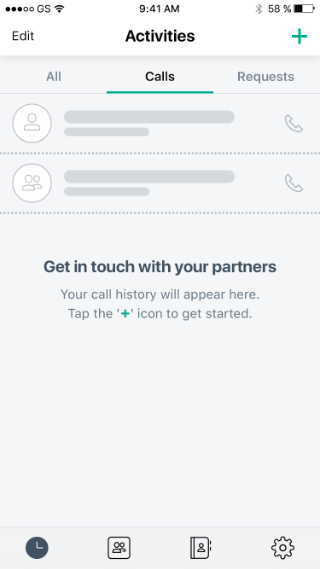
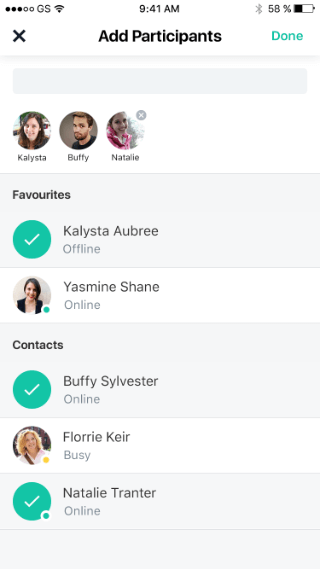
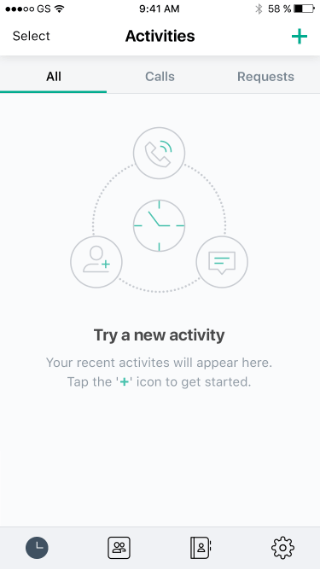
Animations and microinteractions
In the final phase of the design, I created the animations and micro-interactions as part of the development documentation.
04
Key learnings
Importance of validation
Throughout the design process, there were situations where there was more than one seemingly good solution to a problem. When we were in doubt about our design decisions, I organized A/B testing on the field to learn which version could solve our users' problems and make us to be able to make solid decisions.
Acquiring new knowledge
Crosssec Connect focuses on security-related problems. I had no relevant knowledge about this field before, so I had to dig deep to pick up the information. I had to learn what security concerns could emerge, how end-to-end encryption works, and what features could give solutions to our users’ pain points.
Multiplatform design
My role was to design the application both for Android and iOS platform. I studied each guideline to understand their design rules and patterns. I also had to learn how Android and iPhone users use their devices to serve them the best user experiences.
